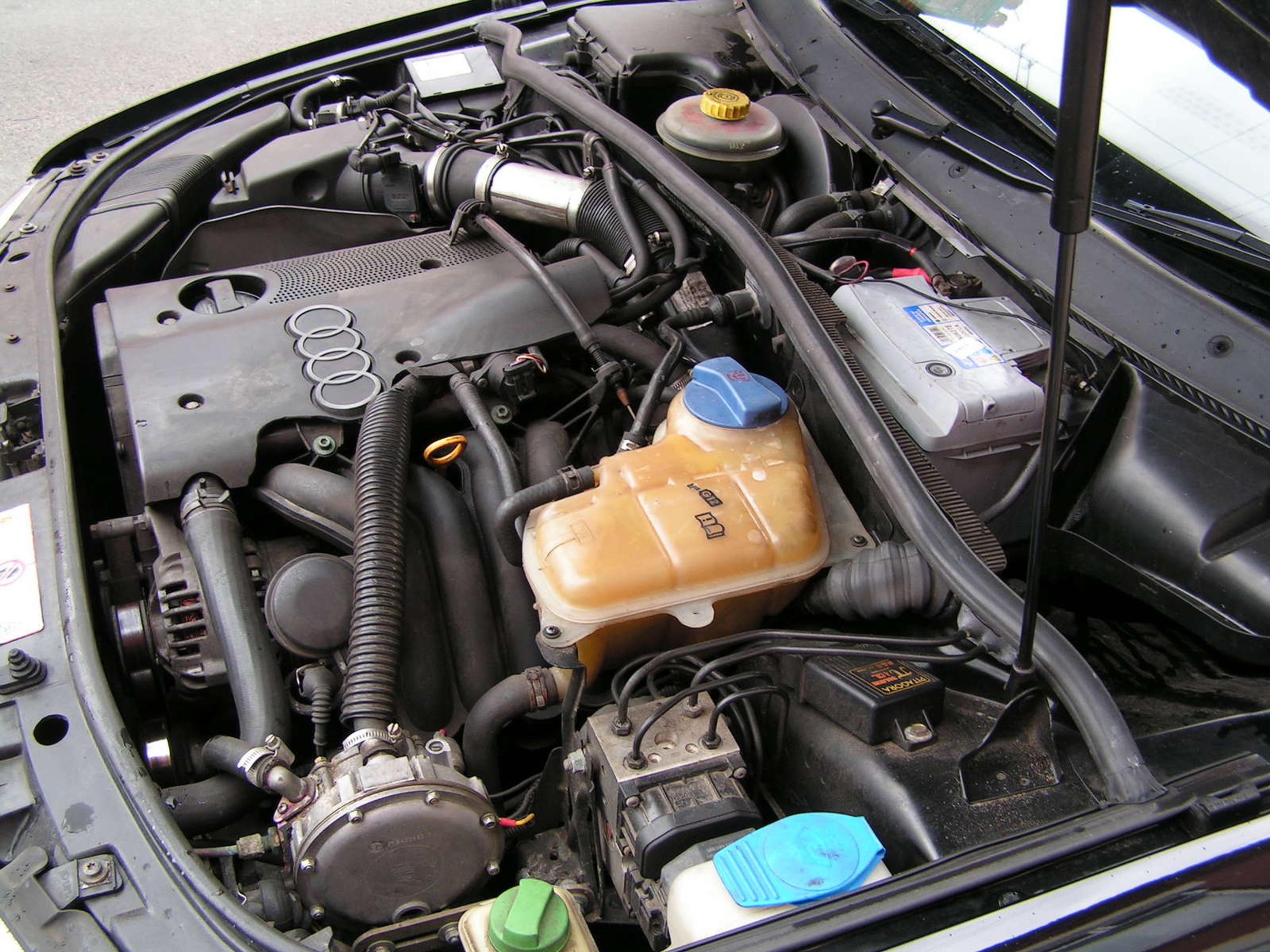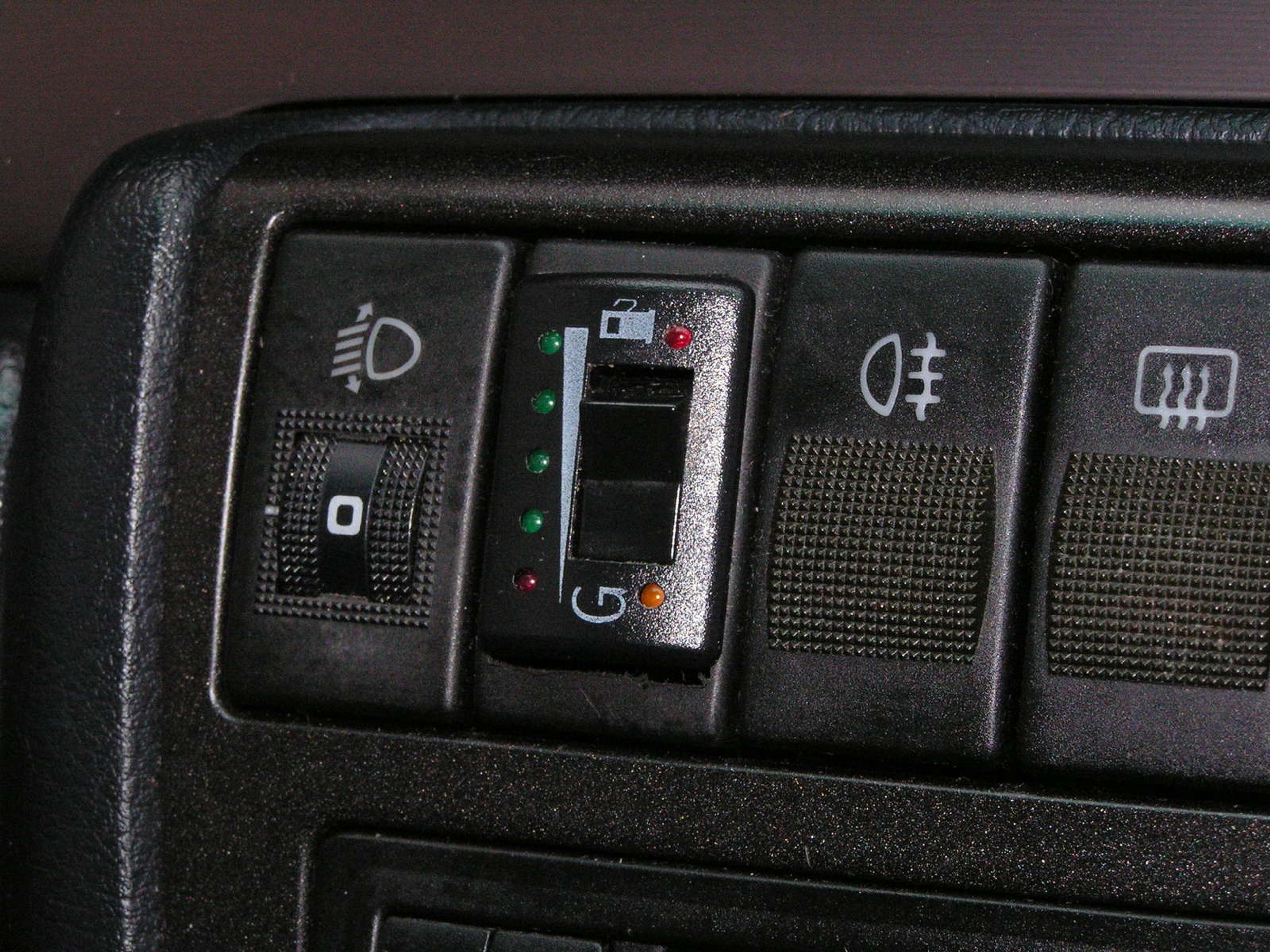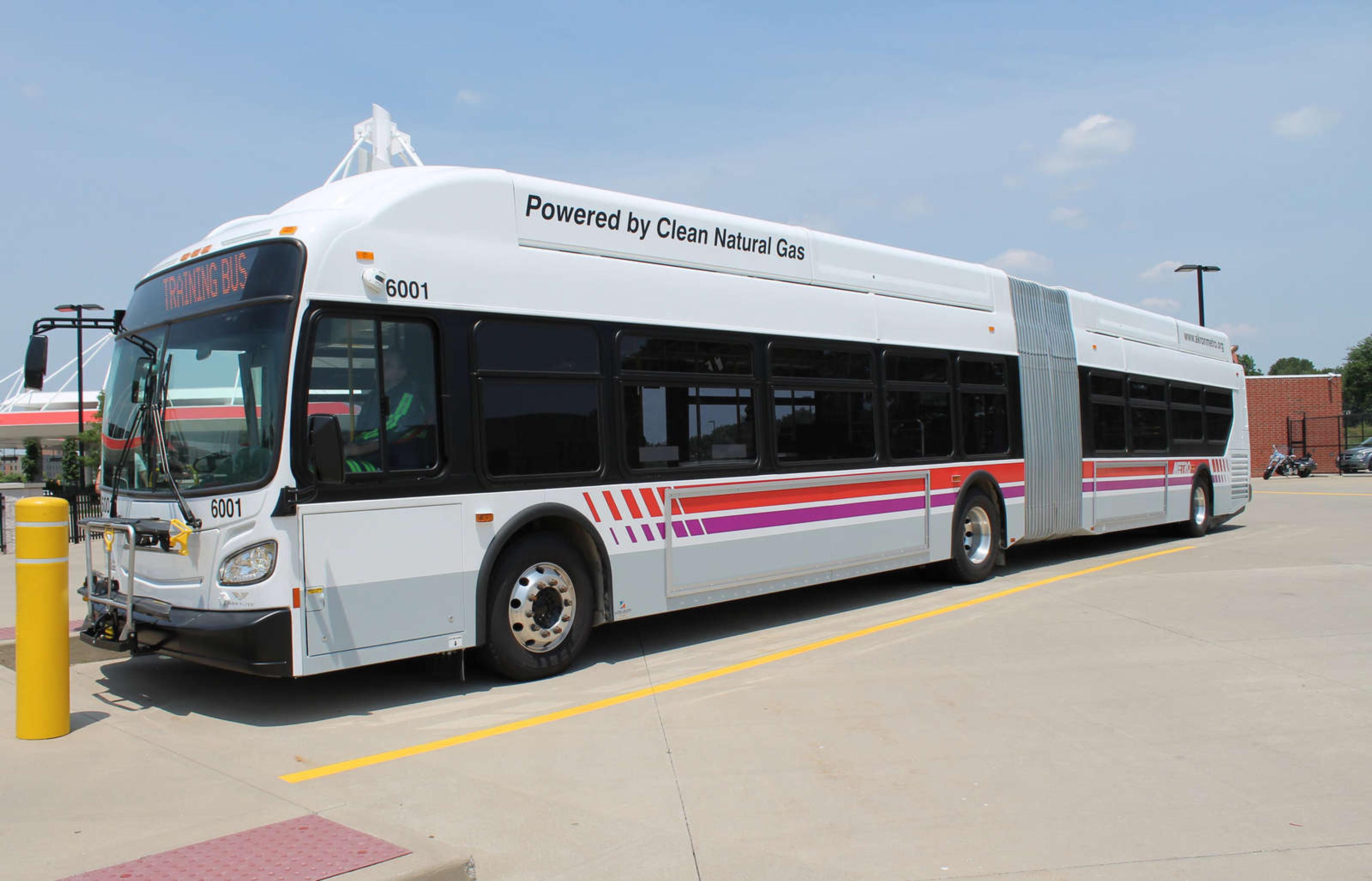Pros and cons of an LPG system for cars: Is it right for you?

Aivaras Grigelevičius

When fuel prices reach unbearable levels (and buying an EV/hybrid is not an option), there’s always another choice – LPG. While intriguing and usually quite cheap, LPG systems aren’t widely popular. Could it be the right choice for you, though?
Let’s explore the significant advantages of the LPG system, examine its drawbacks, and determine if it is indeed a viable approach to reducing your fuel expenses.

Need help buying a used car?
Enter a VIN code to learn more about any vehicle!
What is an LPG conversion?
An LPG conversion is a process where additional elements are installed in your vehicle, enabling it to use gas as fuel.
During the LPG conversion, your car will receive an additional gas fuel tank, a supplementary fuel system integrated into the factory setup, and other smaller components.
Upon completion, the LPG system operates in conjunction with the original fuel system, allowing the driver to switch between LPG and gasoline.
Importance of a well-designed and efficient gas system
When gas equipment is designed and installed correctly, it’s engineered to provide both reliability and safety during all journeys, regardless of their duration. Stringent standards and rigorous quality control measures ensure that the gas equipment will meet the highest safety requirements.
Do LPG cars work differently from the driver’s perspective?
Vehicles that use gas instead of petrol or diesel may appear fundamentally distinct in their design, but they function just like any other vehicle in the world.
The major difference lies in the fact that in order to switch your car to run on gas, you will need to undergo an LPG conversion process. Once the conversion is complete, there’s no need for additional preparations or extensive research on how to drive a car with an LPG system.
When does an LPG system pay off?
On average, an LPG system saves around $500 in fuel costs each year. So, if you drive 15,000 miles a year, the LPG system should pay for itself in about 6 months.
Overview of a car’s gas system: components and their functions

Every modern gas system today consists of numerous components, each serving a specific purpose. Let’s briefly examine each of these components.
Reducer-vaporizer
The main function of the reducer-vaporizer is to reduce and vaporize the liquid gas obtained from the tank. This ensures a consistent supply of gas to the engine, with appropriate flow for various usage conditions.
In an LPG system, the gas is initially stored in the tank as a liquid under a pressure of 5-10 bar. The reduction process occurs in two stages.
In the first stage, the pressure is lowered to 0.8-1.2 bar. Then, in the second stage, the reducer works in conjunction with the suction gallery’s vacuum pressure to supply the required amount of gas based on the engine’s demand. This ensures a steady flow of gas to the engine, optimizing its performance.
LPG solenoid valve
Another important component in the LPG system is the device called LPG solenoid valve located between the tank and the LPG reducer. Its primary function is to block the gas flow to the reducer when the vehicle is running on gasoline.
Furthermore, this device plays a crucial role in filtering the gas, effectively removing impurities and ensuring a cleaner supply to the LPG system.
Fuel selector switch
The fuel selector allows the driver to choose between LPG or gasoline as the fuel source.
There’s a diverse range of these devices available. They may have an indicator displaying the fuel level in the tank. The transition from gasoline to LPG can be initiated by pressing a button or automatically (particularly if the vehicle has a direct-injection fuel supply system).
Electronic control module
This device plays a vital role in the LPG system. It monitors signals from the oxygen sensor and the throttle position sensor. With the assistance of a stepper motor, it effectively manages the amount of gas drawn into the engine, ensuring optimal operating conditions.
Furthermore, this control module automatically generates the appropriate parameters for fuel and air mixture, continuously making necessary adjustments based on the prevailing operating conditions.
Emulator
This electronic device assumes the responsibility of interrupting the voltage supply to the injectors. This action effectively cuts off the gasoline supply when the vehicle transitions to using LPG as the fuel source.
By controlling the flow of fuel, the device ensures a seamless switch between gasoline and LPG, optimizing the performance of the LPG system.
LPG tank
The LPG tank serves as the dedicated fuel storage for gas, offering flexibility in size and shape to accommodate different requirements.
Among the various options available, the circular-shaped LPG tank stands out as the most popular and practical choice. This type of tank can be conveniently installed in place of the spare wheel, maximizing space utilization within the vehicle.
Advantages of an efficient LPG system

Having an LPG-fueled car has its pros and cons. First, let’s explore the key advantages of owning a car with a gas system.
Cost savings on fuel expenses
One of the most notable advantages of the LPG system is the potential for significant fuel cost savings. Filling an LPG tank is considerably cheaper than petrol or diesel.
It’s true that vehicles equipped with an LPG system typically consume approximately 10 to 30% more fuel overall compared to traditional fuel options. Nevertheless, the savings can still range from 20 to 30%, depending on the relative costs of gas, petrol, or diesel, as well as the specific vehicle being driven.
Reduced emissions and environmental impact
The adoption of natural gas as a vehicle fuel offers a promising solution to mitigate the environmental impact of transportation, as demonstrated by the heavy-duty truck manufacturer IVECO.
Real-world tests involving multiple 44-ton heavy-duty trucks have shown remarkable reductions in nitrogen oxides (NOx) through the utilization of natural gas. NOx levels diminished by 40-64%, and carbon dioxide (CO2) emissions by up to 20% when compared to diesel-powered counterparts.
The potential for further environmental benefits is even bigger with the use of biomethane derived from organic waste. Incorporating biomethane makes it possible to reduce emissions by up to 80% (and this figure increases to an impressive 95% when utilizing agricultural waste).
Challenges and limitations of the car’s LPG system
While gas-powered cars are a viable alternative to petrol or diesel vehicles, they also have significant drawbacks.
Dependence on fossil fuels and environmental concerns
Even though gas significantly reduces emissions, it’s still classified as a fossil fuel. Consequently, the production and utilization of gas as a fuel source contribute to pollution and global warming.
Potential maintenance issues and costs
LPG system failures often have a strong correlation with the condition of the gas equipment components and the quality of the gas installation.
Among the most prevalent are issues such as:
- Low or uneven gas revs
- Stalling at idling speed
- Inaccurate and unrealistic gas consumption readings
- Jerking
- Lack of dynamics while running on gas
To determine which parts of the LPG system may be malfunctioning based on the exhibited symptoms, here’s the helpful guidelines:
- Poor traction and vehicle dynamics. This may indicate an incorrect gas-to-air ratio in the car’s engine. Addressing the issue typically involves adjusting the gas settings. In the case of vehicles equipped with first-generation gas equipment, it’s advisable to perform regular adjustments, especially after the weather changes or the air filter is replaced.
- Uneven or pulsating revs. Addressing this issue may involve inspecting the gas equipment installation for any potential air trapping points, such as leaks or obstructions. By resolving such issues, the computer system can regain its accuracy in setting the correct revs, thus improving acceleration.
- Excessive gas consumption. This symptom is potentially caused by an aging gas reducer in need of repair. As the diaphragms and rubbers within the gas reducer deteriorate over time, their ability to accurately regulate the gas flow can be compromised.
Development of more efficient and sustainable gas systems

While industries continue to invest in alternative fuel vehicles, it’s important to note that advancements in the field of LPG systems have not ceased.
There are efforts to reduce the weight of LPG fuel tanks using innovative materials, including carbon fiber reinforced composites. The goal is to enhance fuel efficiency and achieve better weight distribution, ultimately leading to improved handling and overall vehicle performance.
Recently, LPG suppliers in the UK showcased an LPG range extender for electric vehicles. This unique LPG system aims to use gas to power an electric generator, charging the battery responsible for powering the electric motors. This setup provides many advantages for electric vehicles:
- It has the ability to extend the vehicle’s range after running out of power from 40 miles to an impressive 250 miles. This alleviates concerns about limited charging infrastructure, allowing drivers to embark on longer journeys with confidence.
- It offers the flexibility to switch to pure electric motor mode when entering regulated city centers, where zero-emission vehicles are required.

Check your VIN
Avoid costly problems by checking a vehicle's history. Get a report instantly!
Frequently asked questions

Article by
Aivaras Grigelevičius
Aivaras has been excited about cars since he was a little kid. Later, this passion for drivable objects (and everything that surrounds them) grew into work as an automotive journalist. Since then, Aivaras has written for several different magazines, covering anything with an accelerator pedal. He has a soft spot for cars with an Alfa Romeo badge.
